What is a smart home? How does lighting work in it? What does this give the consumer? Let's consider these issues in this article.
Definition of a smart home
An integrated control system for all engineering equipment in a building is called a “smart home”. Such a system is built on a modular basis, which makes it easy to change and expand it without losing existing functionality. Modules - lighting, climate control, security systems and so on.
Regardless of how perfect the individual engineering subsystems are, only centralized control makes them all together a "smart home". It is based on specific wiring and automation equipment. As a result of integration, each part of a single whole works in close relationship with other elements. Let's look at the example of lighting.
Lighting control in the "smart home"
The way in which the lighting in a smart home is controlled is technically more complicated than the classic one, but it turns out to be simpler for the user. All the complex logic of work is laid down at the design stage, and the control is displayed on a convenient panel with a single interface. Moreover, we are talking here not only about turning on and off lighting devices. The important elements involved in making lighting control intelligent are:
- Motion / presence detectors, contact sensors that turn on or off the light of the house at a certain moment. For example, JUNG mini-sensors operating on the basis of the KNX standard, the GIRA weather station with a complex of sensors.
- Dimmers that smoothly change the brightness.
- Motorized curtains, blinds, roller shutters, electric curtain rods, through which the balance between natural and artificial light will be adjusted.
- Lighting devices that can be both ordinary and independently "smart". Moreover, they can be used separately or as an element of a single system. For example, Philips Hue bulbs or VOCCA smart socket.
- System equipment, including control panels and logic modules, linked together by special wiring.
Not only in interaction with each other, but also with other engineering subsystems, this equipment, as part of the “smart home”, allows you to achieve tremendous comfort along with economical use of electricity. Let's dwell on this in more detail.
What does smart lighting control give the user?
The end user is not interested in the technical details of this or that equipment. The functions that are available through its use deserve more attention. With the help of "smart" lighting control it is possible to:
- Notifications. What to do when the music is on loudly in the house and the doorbell rings? In the era of home automation, this is not overlooked. The system is configured so that if the music is on, the lighting will flash a couple of times when the front door bell button is pressed.Here the role of integration manifests itself, when one engineering system (light control) works in conjunction with others (security system and multimedia control).
Other events can be handled as well. The motion sensor will turn on the illumination of the corridor when the child wakes up, preventing him from stumbling when it is dark. When a sensor is triggered, the system can be programmed to simultaneously turn on dimmed lights in the parents' bedroom to signal a situation. Convenient and safe. The algorithms laid down at the design stage are executed automatically without human intervention.
There are light bulbs that change color (Philips Hue). Using the dedicated Taghue application, they can be configured to trigger messages from social networks and email clients. Now, just by being next to such a lamp, you can instantly recognize the arrival of a new message by its color. And only then take the necessary action.
- Sensor work. Thanks to sensors, it is possible to unleash the potential that "smart" lighting control has. Here the functions of the security system intersect with lighting. The illumination of the path near the house, which is activated by the motion sensor, will not only create comfort when moving around at night, but also serve as a means to scare away uninvited guests.
When a home theater is located in the basement, a scenario is triggered by the door contact sensor: while the door is open, the light turns on; when the door is closed, if there are people in the room (the presence sensor is working) and the equipment is turned on, after a while the light is dimmed to watch a movie, and the lighting in the corridor in front of the cinema is turned off. After viewing, everything happens in reverse order.
- Flexibility to create the desired ambiance and decor. The desire for new sensations always comes more often than it is possible to make a radical rearrangement or repair in the house. With an instant change in the parameters of the lamps (color, brightness, directivity), as well as the ability to create new scenarios (a series of actions performed on an event or by pressing a button), the atmosphere in the room changes beyond recognition.
- Balance between natural and artificial light. Do not turn on the lights in the morning if you can smoothly raise the curtains to let in the sun's rays. This is how the "morning" scenario works, triggering every day. If the weather is bad outside, the weather station sensors or a separate light sensor will inform the system about the lack of sunlight, and that it is necessary to increase the brightness of the lamps.
So, lighting control includes all of these possibilities, but is not limited to them. With the use of modern professional systems "smart home" there are no restrictions on the imagination and needs of the owner. As a cheaper option with minimal, but sufficient functionality, standalone devices act, such as the aforementioned Philips Hue bulbs or "smart" VOCCA sockets. All this provides maximum comfort and a high degree of efficient use of energy resources - something without which it is already difficult to imagine a modern home.


 10 practical tips for arranging a small kitchen in the country
10 practical tips for arranging a small kitchen in the country
 12 simple ideas for a small garden that will make it visually spacious
12 simple ideas for a small garden that will make it visually spacious
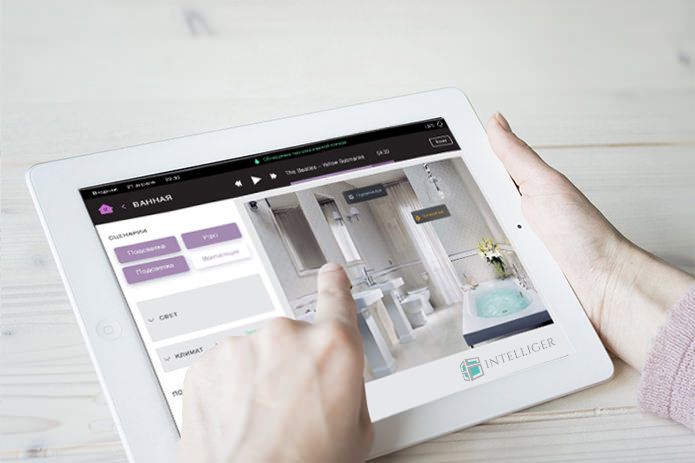
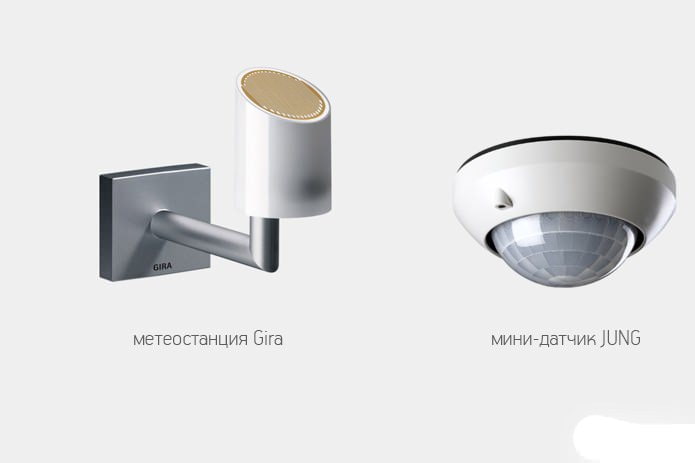
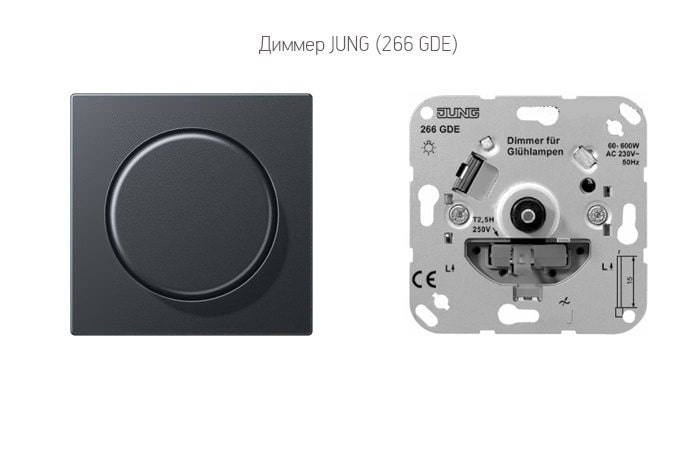
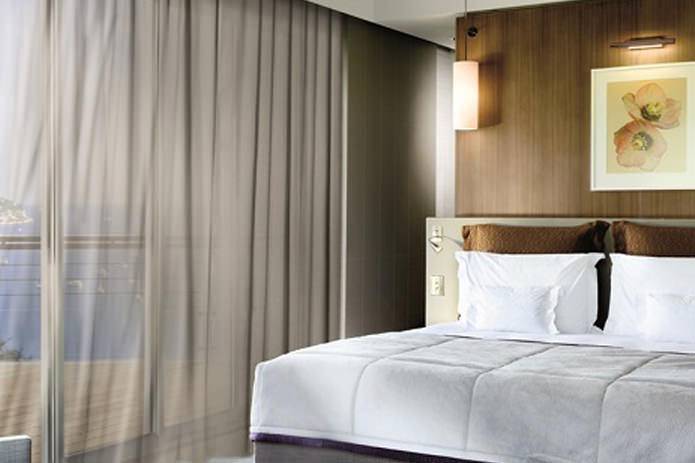
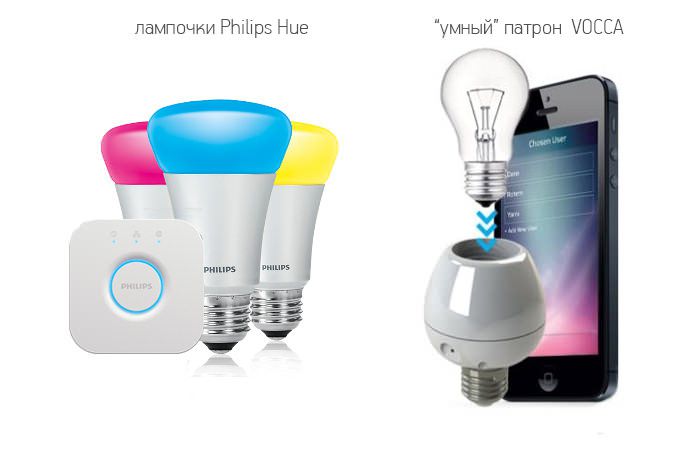
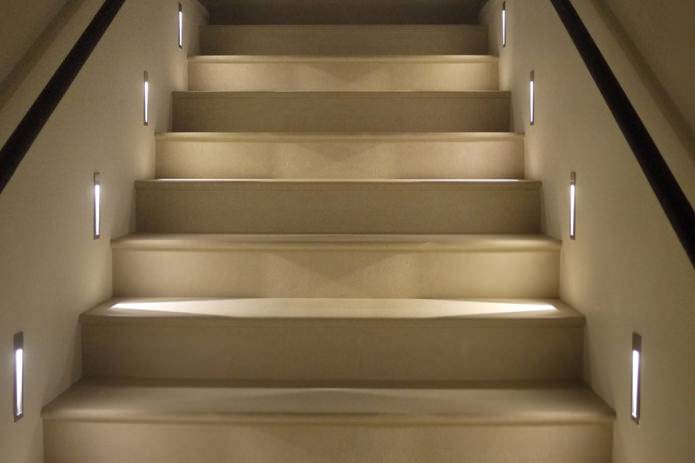
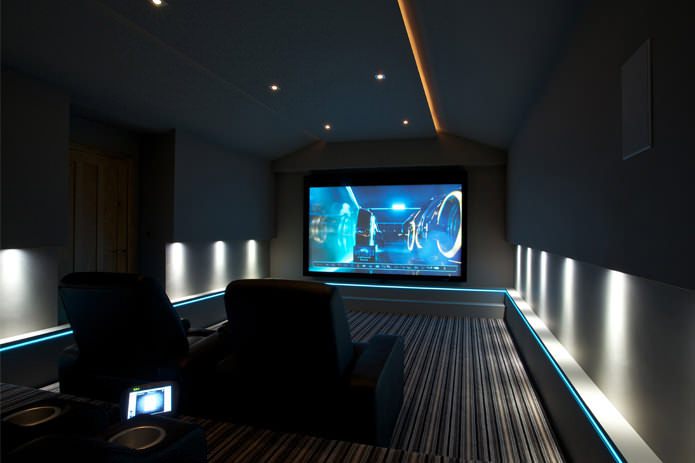
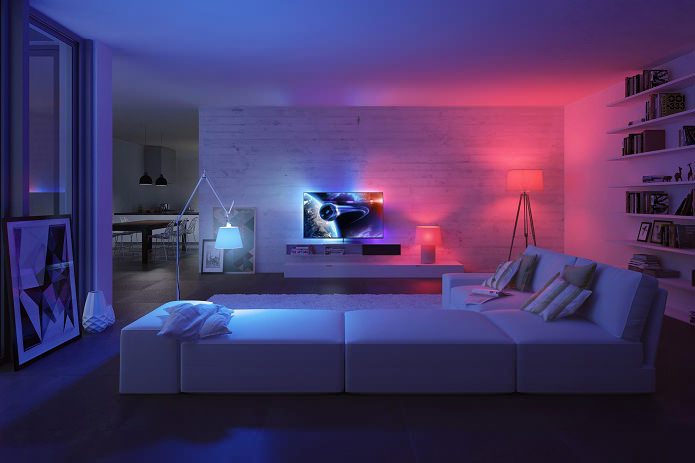
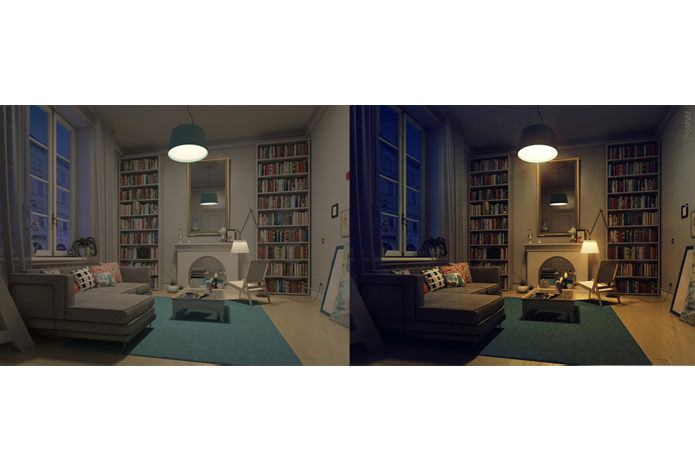
 13 bad habits a good housewife shouldn't have
13 bad habits a good housewife shouldn't have 24/7 home cleanliness - 4 secrets for the perfect housewife
24/7 home cleanliness - 4 secrets for the perfect housewife 6 hotels in Sochi that will give odds to the promoted foreign hotels
6 hotels in Sochi that will give odds to the promoted foreign hotels Top 10 interior design trends 2020
Top 10 interior design trends 2020 Rating of cheap TVs with Smart-TV
Rating of cheap TVs with Smart-TV New Year's LED garlands on AliExpress - we disassemble while it's hot, so that it's bright at home
New Year's LED garlands on AliExpress - we disassemble while it's hot, so that it's bright at home